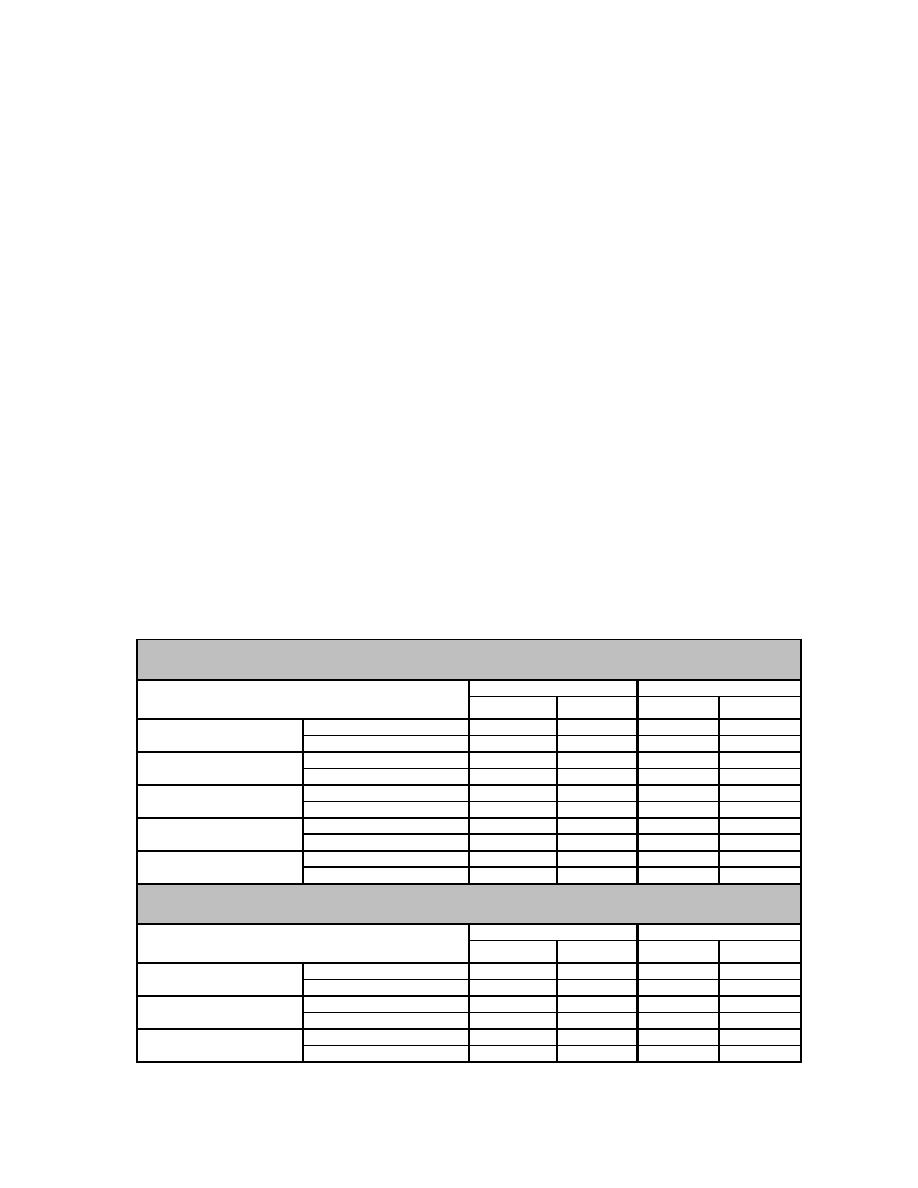 |
|||
|
|
|||
|
Page Title:
Table 3-2. Worst-case doses in rem resulting from release of 1 Ci of tritium |
|
||
| ||||||||||
|
|  DOE-HDBK-1129-99
accident). DOE-STD-3009-94, "Preparation Guide for U.S. DOE Nonreactor Nuclear Facility
Safety Analysis Reports," provides detailed guidance for performing accident analyses.
One method of estimating dose is through the use of the HOTSPOT health physics codes
developed by Steven C. Homan of LLNL. These codes operate on a PC, and provide a fast
calculational tool for evaluating accidental releases. They are a first-order approximation of the
radiation effects associated with short-term (less than 24 hours) atmospheric release of radioactive
materials. Reference [21] is a detailed analysis by Bill Wall of LLNL for estimating maximum dose
from a tritium release that uses HOTSPOT methodology as its base. Fifteen DOE tritium release
locations (note that ground release locations will differ slightly from stack locations) were analyzed,
the results of which should be considered as preliminary, and are presented in Table 3-2. A set of
consistent conservative assumptions was used for all locations. Dose results are presented in
current SARs, and are not directly intercomparable due to differing assumption sets among sites.
These were calculated, in part, to help provide personnel involved in a real-time determination of
bounding doses from tritium releases. These tabled values are worst-case doses for the
associated curie releases at these locations, and cannot be compared to the dose values
calculated in the SARs, which are normally estimated by more detailed computational methods.
Additionally, the use of actual meteorological conditions and site topography would mitigate the
tabled values here to smaller doses. An estimation of the impact of topography on the deposition
velocity can be found in the document, "Estimates of Dry Deposition and Plume Depletion over
Forests and Grassland" (IAEA-SM-181/19), Ray Hosker, Jr. In fact, in many cases, the
atmospheric conditions needed for the worst-case doses from ground and stack releases
presented here are mutually exclusive. Indeed, one of the objectives of reference [21] was to
determine which combinations of conditions and parameters result in worst-case doses. Readers
are encouraged to review and comment on the detailed analysis presented in [21].
TABLE 3-2. Worst-case doses in rem resulting from release of 1 Ci of tritium
SAVANNAH RIVER SITE
OXIDE
ELEMENTAL
Ground
Stack
Ground
Stack
Facility
233-H
Site Boundary
6.0E-7
1.8E-7
2.4E-11
7.2E-12
100 meters
1.6E-3
2.1E-5
6.4E-8
8.4E-10
238-H
Site Boundary
6.0E-7
1.5E-7
2.4E-11
6.0E-12
100 meters
1.6E-3
9.8E-6
6.4E-8
3.9E-10
234-H
Site Boundary
6.0E-7
3.7E-8
2.4E-11
1.5E-12
100 meters
1.6E-3
2.1E-7
6.4E-8
8.4E-12
232-H-line 1&2
Site Boundary
6.0E-7
3.7E-8
2.4E-11
1.5E-12
100 meters
1.6E-3
2.1E-7
6.4E-8
8.4E-12
232-H-line 3
Site Boundary
6.0E-7
3.7E-8
2.4E-11
1.5E-12
100 meters
1.6E-3
2.1E-7
6.4E-8
8.4E-12
MOUND
OXIDE
ELEMENTAL
Ground
Stack
Ground
Stack
Facility
NCDPF
Site Boundary
1.6E-3
3.2E-6*
6.4E-8
1.3E-10*
100 meters
1.6E-3
2.3E-6
6.4E-8
9.2E-11
HEFS
Site Boundary
1.6E-3
2.5E-6*
6.4E-8
1.0E-10*
100 meters
1.6E-3
1.4E-6
6.4E-8
5.6E-11
SWIC
Site Boundary
8.0E-4
2.5E-6*
3.2E-8
1.0E-10*
100 meters
1.6E-3
1.4E-6
6.4E-8
5.6E-11
24
|
|
Privacy Statement - Press Release - Copyright Information. - Contact Us |